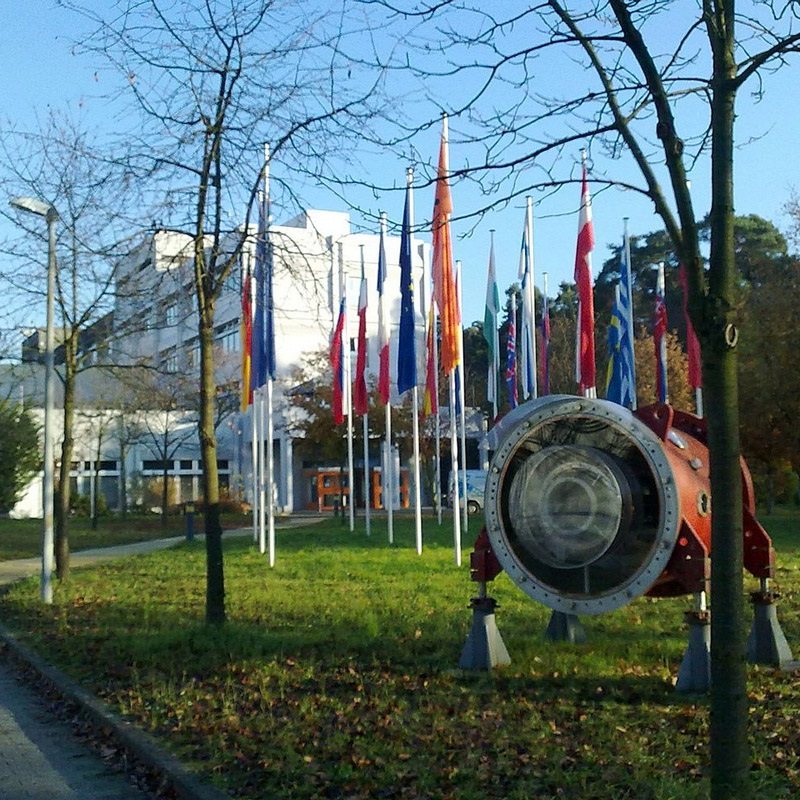Roentgenium
111
Rg
Group
11
Period
7
Block
d
Protons
Electrons
Neutrons
111
111
170
General Properties
Atomic Number
111
Atomic Weight
[281]
Mass Number
281
Category
Transition metals
Color
n/a
Radioactive
Yes
Named after Wilhelm Conrad Röntgen, the German physicist
Crystal Structure
n/a
History
Roentgenium was first synthesized by an international team led by Sigurd Hofmann at the Institute for Heavy Ion Research (Gesellschaft für Schwerionenforschung) in Darmstadt, Germany in 1994.
The team bombarded a target of bismuth-209 with accelerated nuclei of nickel-64 and detected a single atom of the isotope roentgenium-272.
The team bombarded a target of bismuth-209 with accelerated nuclei of nickel-64 and detected a single atom of the isotope roentgenium-272.
Electrons per shell
2, 8, 18, 32, 32, 17, 2
Electron Configuration
[Rn] 5f14 6d9 7s2
Roentgenium has no stable or naturally-occurring isotopes
Physical Properties
Phase
Solid
Density
-
Melting Point
-
Boiling Point
-
Heat of Fusion
n/a
Heat of Vaporization
n/a
Specific Heat Capacity
-
Abundance in Earth's crust
n/a
Abundance in Universe
n/a

Image Credits: Wikimedia Commons (Commander-pirx)
The element was discovered at the Institute for Heavy Ion Research in Darmstadt, Germany
CAS Number
54386-24-2
PubChem CID Number
n/a
Atomic Properties
Atomic Radius
-
Covalent Radius
121 pm
Electronegativity
-
Ionization Potential
-
Atomic Volume
-
Thermal Conductivity
-
Oxidation States
-1, 1, 3, 5
Applications
Roentgenium is used for scientific research purposes only.
Roentgenium is harmful due to its radioactivity
Isotopes
Stable Isotopes
-Unstable Isotopes
272Rg, 273Rg, 274Rg, 275Rg, 276Rg, 277Rg, 278Rg, 279Rg, 280Rg, 281Rg, 282Rg, 283Rg